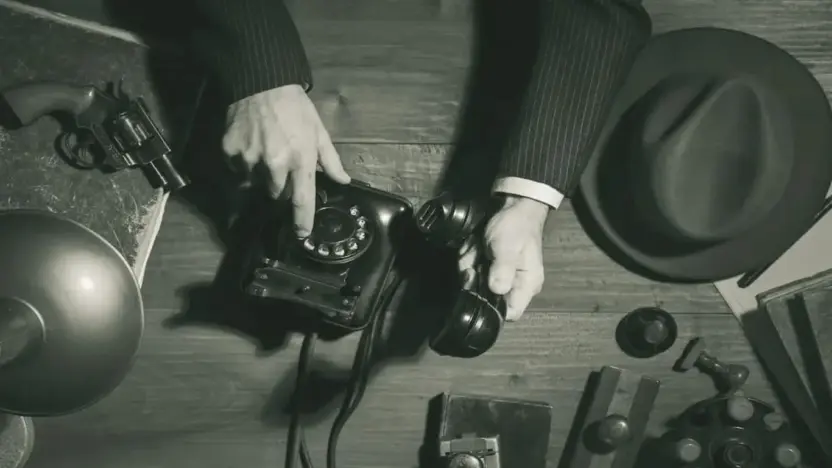Mystery novels have always had a special place in the hearts of readers, providing them with an escape from their daily lives and a chance to test their wits against those of the detective. From the foggy streets of Victorian London to the sleek offices of modern-day private investigators, mystery stories have taken readers on a journey through time and place, all while challenging them to solve the crime before the detective does. But these stories changed over the years. In this blog, “How Mystery Novels Have Changed Over Time?”, we will be exploring the evolution of mystery novels, tracing their development from the early days of detective fiction to the diverse and complex stories that fill the shelves today.
What is a Mystery Novel?
A mystery novel is a genre of fiction that centers around a mysterious event, crime, or puzzle that requires solving. The protagonist, who may be a detective or an amateur sleuth, takes on the challenge of uncovering the truth, using clues and following leads to resolve the mystery. The genre is defined by elements of suspense, intrigue, and surprise, designed to keep readers engaged and guessing until the final revelation. Mystery novels can be categorized into various subgenres, each with distinct characteristics. These include the classic whodunit, hard-boiled detective, psychological mystery, police procedural, and domestic thriller. Each subgenre provides a unique approach to storytelling, from the structured and logical resolution of classic whodunits to the dark and complex narratives of psychological mysteries and the realistic portrayals of police work in police procedurals.
The Birth of Mystery Novels
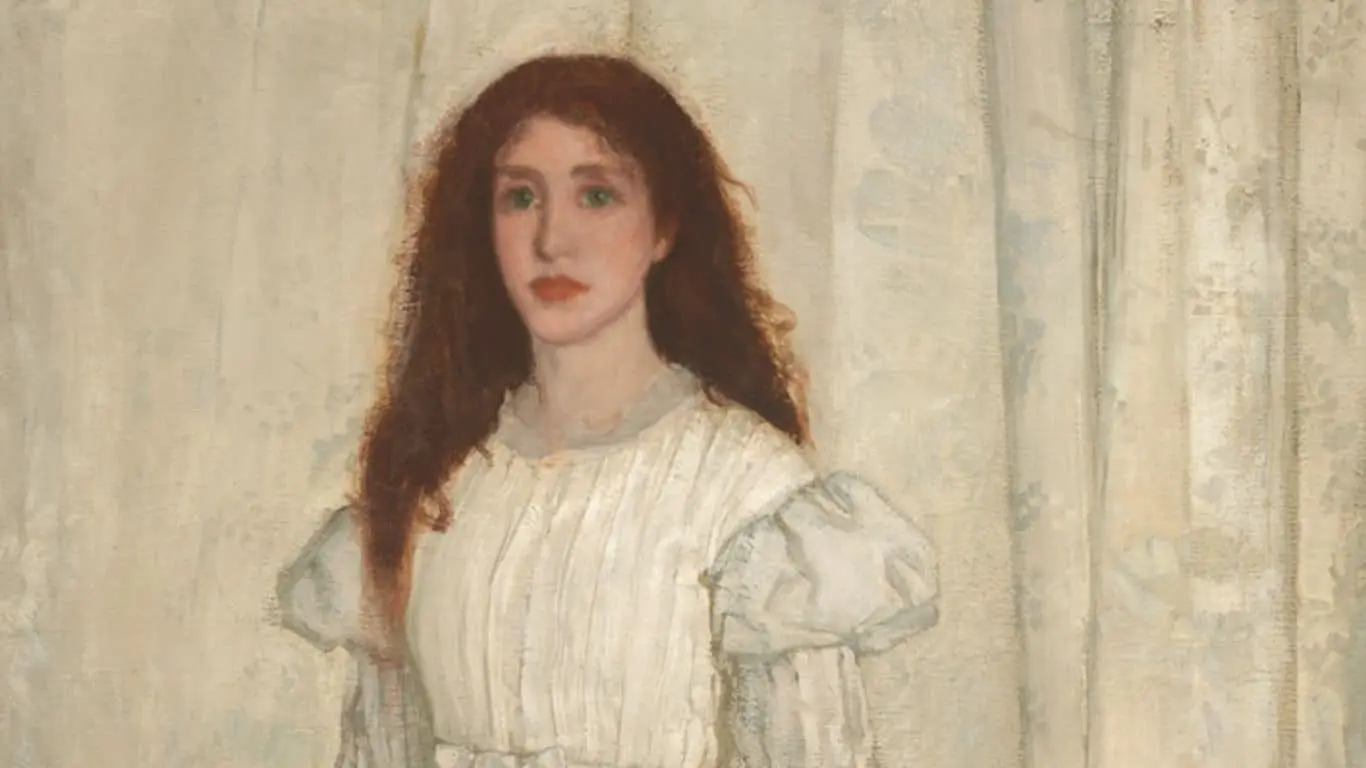
The origins of the mystery novel can be traced back to the 19th century, when authors like Edgar Allan Poe and Wilkie Collins began experimenting with the concept of a story centered around a mysterious event or crime that needed to be solved. These early mystery stories were often serialized in magazines, building suspense and anticipation among readers over time.
One of the earliest and most influential mystery novels was “The Woman in White” by Wilkie Collins, published in 1859. The novel tells the story of a young art teacher who becomes involved in a mysterious plot involving an enigmatic woman dressed in white. The novel was notable for its use of multiple narrators, each with their own perspective on the events of the story, creating a complex and layered narrative that kept readers guessing until the end.
The Golden Age of Detective Fiction
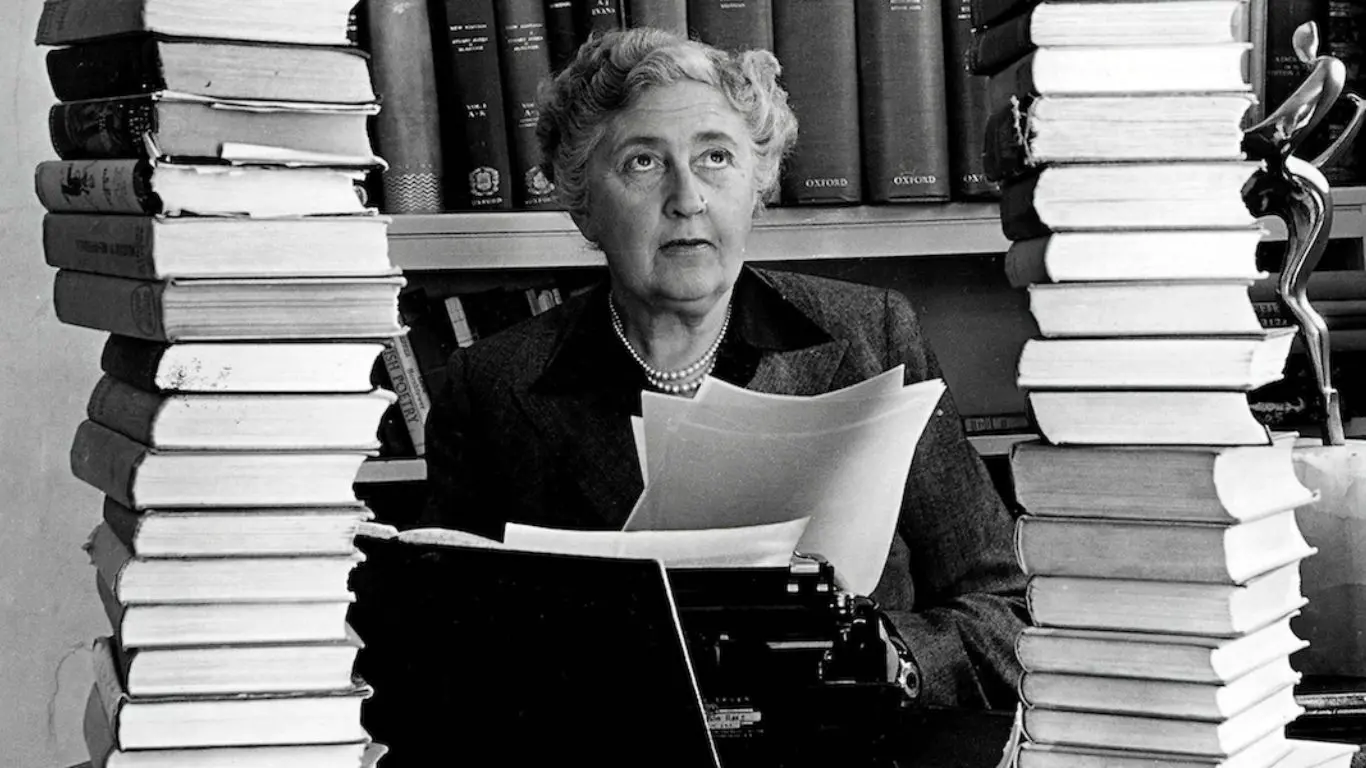
The early 20th century marked the Golden Age of mystery novels, with authors like Agatha Christie, Dorothy L. Sayers, and Arthur Conan Doyle rising to prominence. During this period, mystery novels became more structured and formulaic, with clear rules and conventions. The typical mystery novel of this era featured a closed setting, a limited number of suspects, and a brilliant detective who would solve the crime through careful observation and logical deduction. The plot often revolved around a puzzle-like mystery that the reader was invited to solve alongside the detective.
One of the most famous examples of a Golden Age mystery novel is Agatha Christie’s “The Murder of Roger Ackroyd,” published in 1926. The novel is considered a masterpiece of the genre, with its shocking twist ending that subverted readers’ expectations and changed the rules of the mystery novel. The novel is narrated by Dr. Sheppard, a friend of the victim, who recounts the events leading up to and following the murder of wealthy businessman Roger Ackroyd. As the story unfolds, it becomes clear that the narrator himself is the murderer, a revelation that shocked readers and established Christie as one of the greatest mystery writers of all time.
The Hard-Boiled Detective
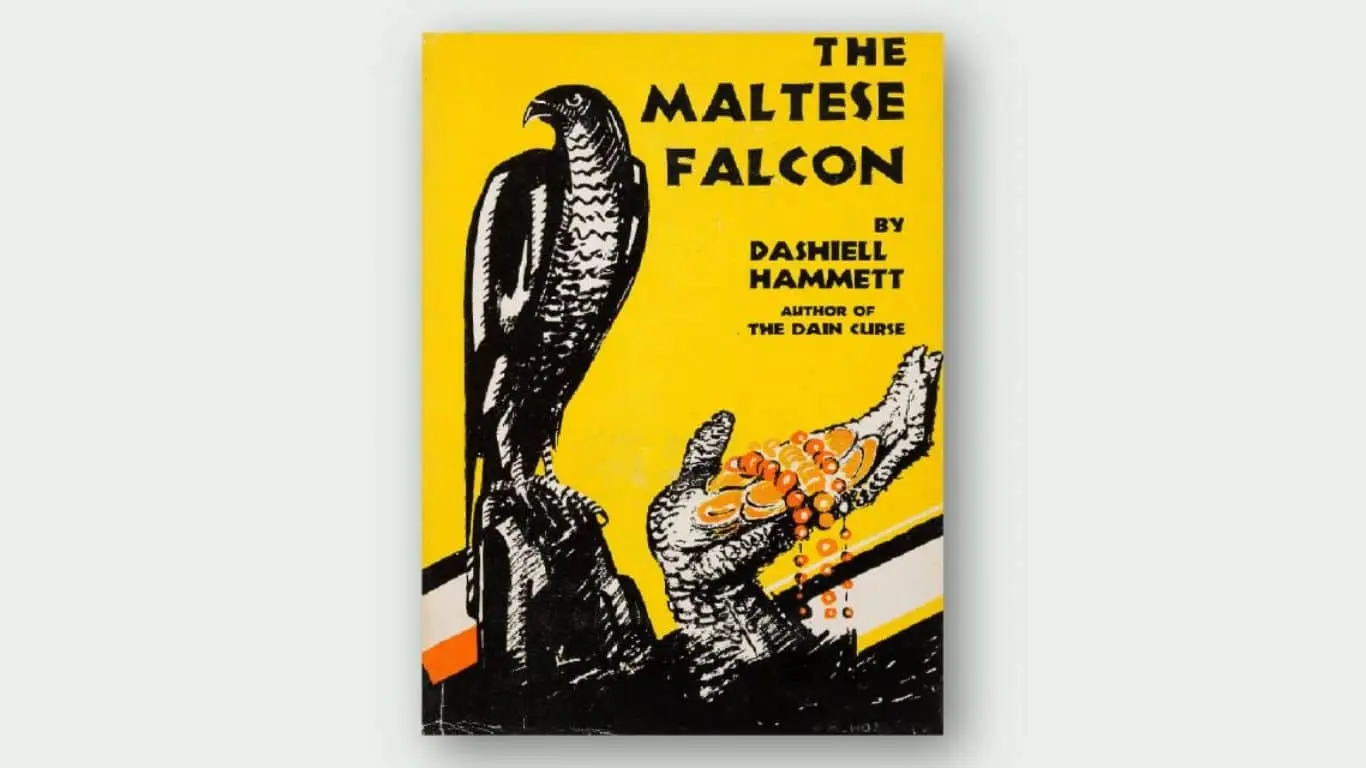
The 1930s and 1940s saw the emergence of the hard-boiled detective, a subgenre that focused on tough, cynical detectives who navigated the mean streets of the city in search of the truth. These stories were often more violent and gritty than their Golden Age counterparts, reflecting the harsh realities of the time.
Dashiell Hammett’s “The Maltese Falcon,” published in 1930, is a classic example of the hard-boiled detective novel. The story follows private detective Sam Spade as he investigates the murder of his partner and becomes embroiled in a quest for a priceless statuette. The novel is known for its fast-paced, action-packed plot, as well as its morally ambiguous characters and dark, atmospheric setting.
The Psychological Thriller
The mid-20th century saw a shift towards psychological mystery novels, with authors like Patricia Highsmith and Ruth Rendell exploring the darker, more complex aspects of human nature. These stories focused less on the external puzzle of the crime and more on the internal motivations and psychology of the characters involved. The line between good and evil became blurred, with characters often struggling with their inner demons as they tried to solve the mystery.
Patricia Highsmith’s “The Talented Mr. Ripley,” published in 1955, is a prime example of a psychological mystery novel. The story follows Tom Ripley, a young man who is sent to Italy to bring back a wealthy friend, only to end up murdering him and assuming his identity. The novel explores themes of identity, desire, and morality, with Ripley’s actions and motivations being as much a mystery as the crime itself.
The Police Procedural
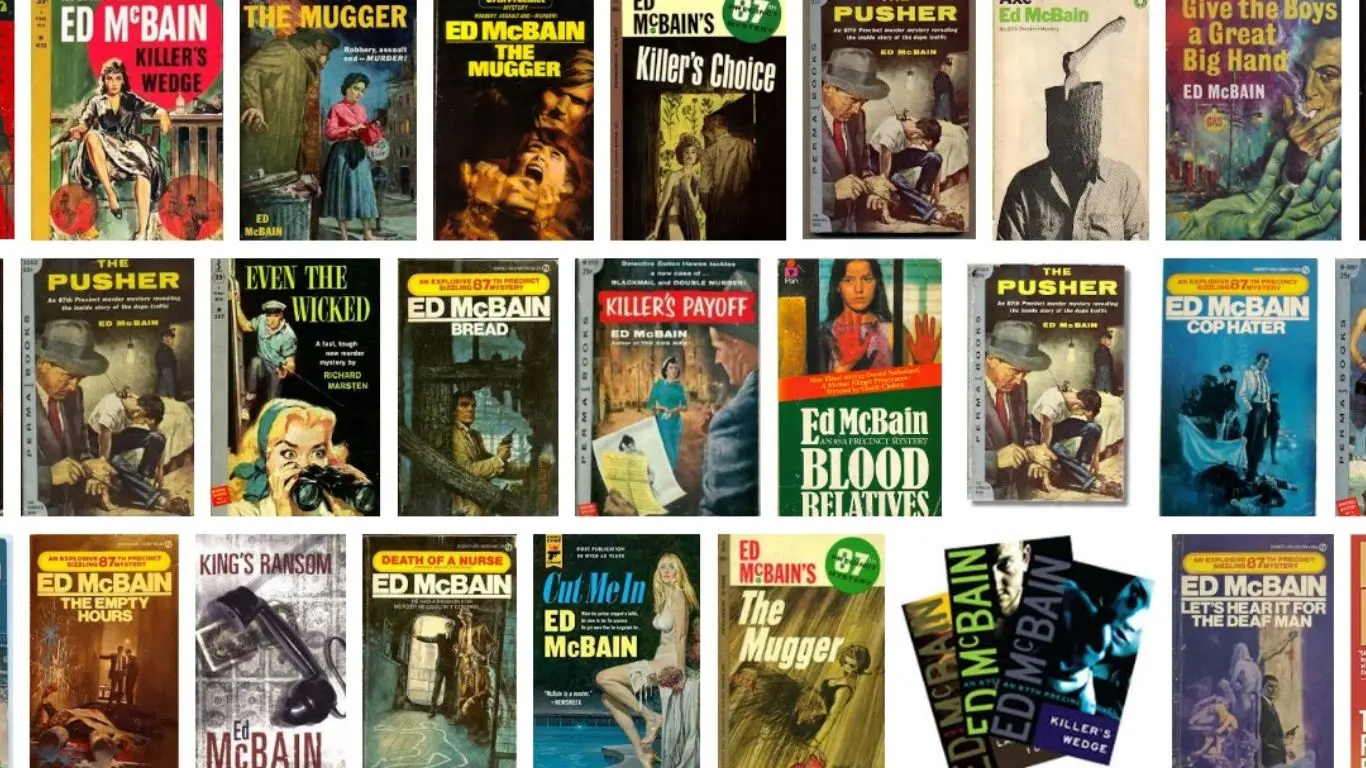
The 1970s and 1980s brought about the rise of the police procedural, a subgenre that focused on the realistic portrayal of police work. Authors like Ed McBain and P.D. James depicted the investigations of police detectives in a detailed, accurate manner, highlighting the teamwork and bureaucratic processes involved in solving a crime. These stories often had a more gritty, realistic tone, reflecting the harsh realities of law enforcement.
Ed McBain’s “87th Precinct” series, which began in 1956 and spanned over fifty novels, is a prime example of the police procedural. The series follows the detectives of the 87th Precinct in a fictional city, as they investigate crimes ranging from murder to robbery. The novels are known for their realistic portrayal of police work, with the detectives relying on teamwork, forensic evidence, and methodical investigation to solve the crimes.
The Domestic Thriller

In recent years, the domestic thriller has emerged as a popular subgenre of mystery novels. Authors like Gillian Flynn and Paula Hawkins have captivated readers with stories that explore crimes and mysteries within the confines of the home or family. These stories often focus on the secrets and lies that can exist within seemingly normal relationships, with the mystery revolving around the unraveling of these hidden truths.
Gillian Flynn’s “Gone Girl,” published in 2012, is a prime example of a domestic thriller. The novel tells the story of a woman who goes missing, with her husband becoming the prime suspect. As the investigation unfolds, it becomes clear that the wife has staged her own disappearance in an attempt to frame her husband for murder. The novel explores themes of marriage, deception, and media manipulation, with the mystery being as much about the characters’ psychological motivations as it is about the crime itself.
The Future of Mystery Novels
As we look to the future, it’s clear that mystery novels will continue to evolve and reflect the changing world around us. With the advent of new technologies and the increasing complexity of modern life, there are sure to be new challenges and opportunities for writers to explore. The detective may take on new forms, and the crimes they solve may be more complex than ever before. But one thing is certain: readers will continue to be captivated by the twists and turns of a good mystery novel, and the satisfaction of solving the crime alongside the detective.
Also Read: Exploring the Impact of Classic Literature on Modern Society
